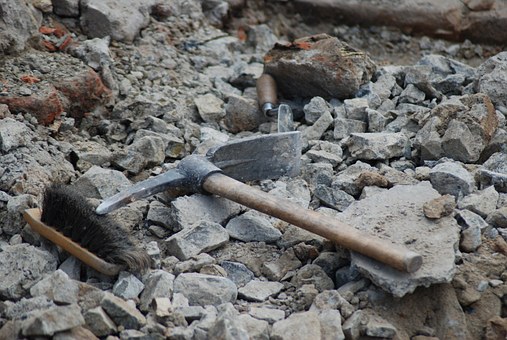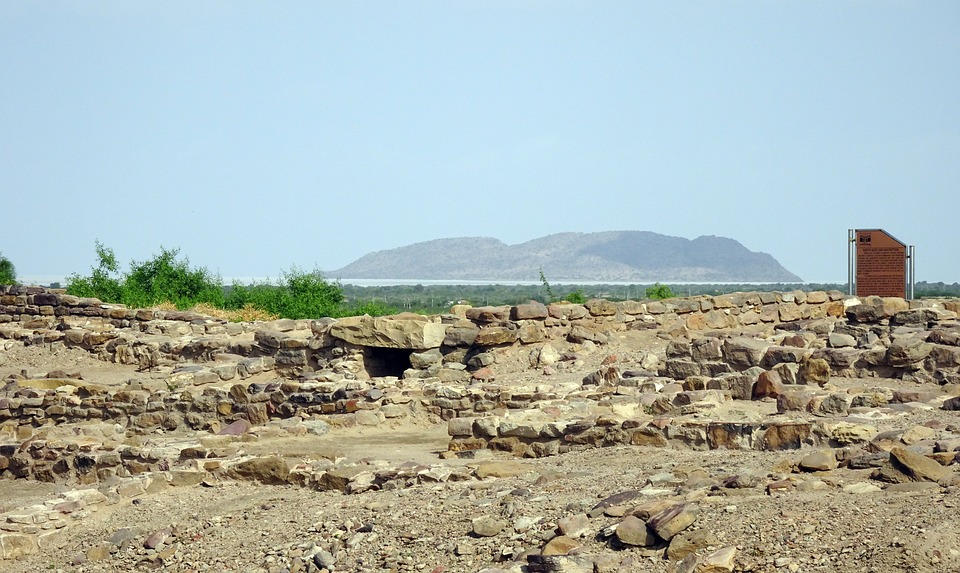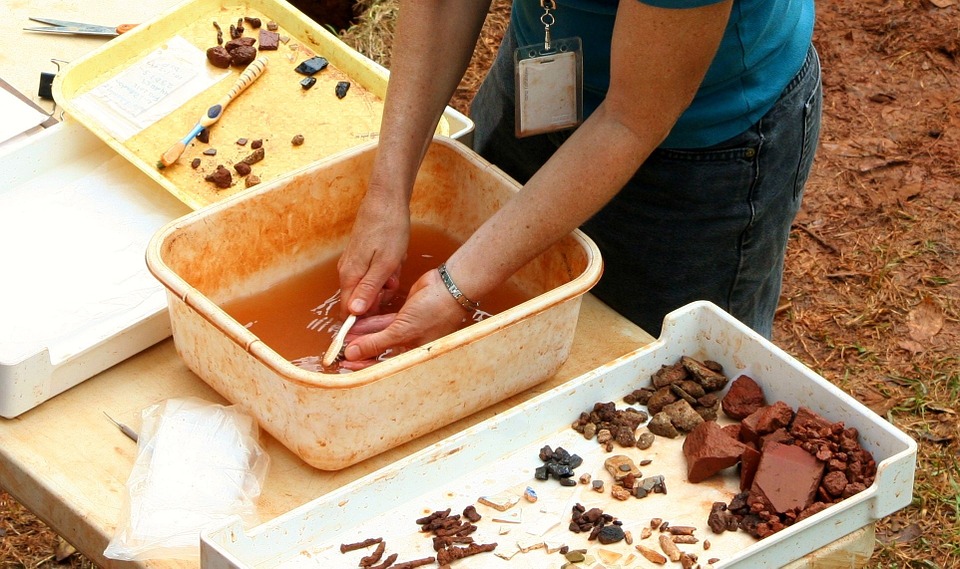Archaeological Excavation
Archaeology is a perennially popular subject for fictional stories, but a thrilling plot doesn’t usually have much use for fiddly details like fundraising drives. Indiana Jones has to hurry because he has to beat the Nazis to the treasure – not because his funding runs out in a few short weeks. Real-world archaeologists love a good story as much of the rest of us, and they’d love to be involved in a high-stakes life-or-death adventure. When it comes to the realities of their jobs, though, funding is the dominant factor that dictates the pace of their work.

How Long Does It Take?
The amount of time needed to excavate a particular dig site depends more than anything else on the financial resources available to the dig team. In an ideal world, the diggers would be working around the clock. Science, like every other skilled profession, costs money. In the overwhelming majority of archaeological excavations, the details of funding the work have to be worked out before the first shovelful of earth is moved. Surprisingly, the budget allotted to a dig may end up setting the schedule completely.
A generous budget would give the dig team the time and tools they need to unearth everything of scientific interest on the site. Outside of treasure-hunting movies, archaeologists are rarely after a single precious artifact. Dig sites are often picked out because they present good odds of yielding up lots of interesting items. This is not to say that real life NEVER works like the movies. On rare occasions, an archaeological dig is directed toward finding a single item. In these cases, the archaeologists pray for sufficient funding to cover the amount of time required to find it.
Here is a very general timeline illustrating how an archaeological dig is put together.
It starts with an interested archaeologist who targets a specific site for investigation. How she gets the funding to get there and start digging depends on where she works. Some archaeologists work for museums or universities; others are freelancers. Archaeologists working for institutions often have access to dig funding through their institution’s budget or via grant programs.
The University of Pittsburgh, for instance, receives 10 grants worth $8,000 each every year from the Heinz Grant Program for Latin American Archaeology. If you were a researcher working at Pitt, you’d be able to apply for one of the Heinz grants. Site selection, grant size, and dig time all influence each other significantly. If you’re interested in a nearby Native American site, one of those grants could cover two months of digging. If it’s Egypt that interests you, the same funding may only cover a week on your site. Sometimes you can set up an open-ended dig, but you’d need to get your funding through a deep-pocketed organization.

The amount of prior work done on your site also matters a great deal. Breaking ground on a brand-new site is always slower and more costly than reopening an existing excavation. Remember that archaeological excavation is very different from, say, digging a foundation. Individual layers of earth need to be opened up, examined, and then removed one after another. Cataloging the depth of every item of interest is extremely important because depth is a strong clue toward the age of a find.
Developing a new dig site is a complex process. The necessary staff and equipment need to be procured and brought to the site. Sometimes everything and everyone can be kept on-site in tents, but in other cases, separate accommodations are required. The area needs to be cleared of all foliage so the archaeologists can survey the ground. This involves mapping the dig site in detail and setting up an excavation plan. When the dig begins, progress is kept slow to ensure that the site isn’t damaged and the workers don’t overlook any important finds.

Every bucket of earth removed has to be sifted so that no artifact is missed. On many digs, finds will be documented in place (with photographs) before they can be removed. Even on the smallest of sites, a proper excavation will likely take more than a week. In cases where the excavation is potentially newsworthy, press attention will need to be coordinated at a local, national, or even international level. Sufficient interest can slow down the excavation process significantly.
On large sites that enjoy government protection, digs may continue as long as the archaeologists’ funding holds out. San Francisco’s Presidio is a useful example of this sort of excavation. The site’s 18th-century fort is set up for continuous year-round excavation. The dig’s ongoing labor needs are met with the help of a National Park Service volunteer program. Volunteer organizations are a common way to keep scientific activity going after the end of primary excavation.
At the Cortez, Colorado’s Crow Canyon Archaeological Center, for instance, has a still-ongoing volunteer program even though the site’s main dig was concluded in 2007. In the end, it is not the specific site that sets the amount of time required for excavation, but the interest and funding available to study it.